Wim Crouwel was the first graphic designer who saw that the computer would change everything. In this video he gives Crane.tv a preview of his latest exhibition - 'A Graphic Odyssey' at the London Design Museum, a retrospective presentation of the past forty years of his prolific career as a graphic designer.

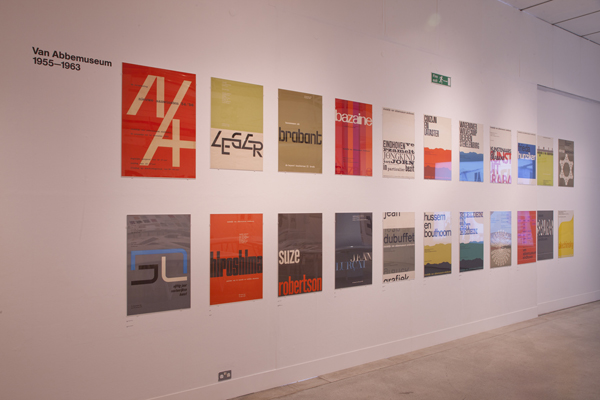
Noting how his work reflects the difference of every decade, he stresses his determination to ensure that his work remains identifiable to him: "although I always try to be timeless, time is reflected in all the pieces of work, so I don't believe in timelessness anymore." Indeed, his work represents a chronology with the increasing influence of computer technology upon our culture and therefore, upon art. His posters in some ways map the progression of the computer age, ironically performing a circular route around the rejuvenation of his original typeface in the 1990s in popular British magazines.
It is his recognition of the limits both of the human eye and modern technologies that creates such an enticing tension within his work, pulling at the restraints of both the artistic and the scientific within one form.
His groundbreaking New Alphabet was a revolutionary typeface that eradicated curves by using only vertical and horizontal lines. Crouwel's work demonstrates that the art of typeface should enhance the meaning of the word, by allowing the viewer to enjoy their form as well as the messages they convey.
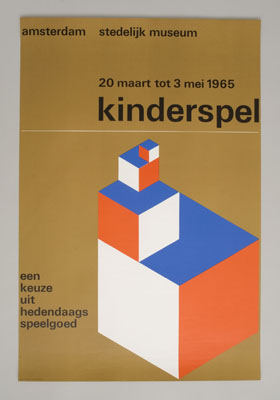
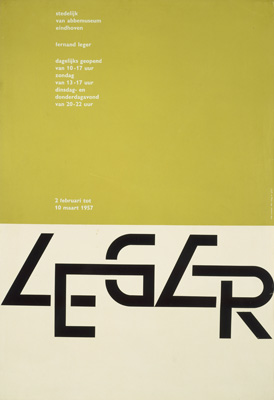
Admitting that the New Alphabet was over the top in its original creation - unreadable even - Crouwel states that he, "didn't care because it was an experiment for other designers to follow." It was this experimental approach that led to the typeface's resurgence, notably on the 1988 Joy Division album: 'Substance'.
The continual evolution of Crouwel's movement, especially in Britain, makes the London Design Museum's exhibition all the more apt due to that fact that Crouwel attributes English designers as those who redeveloped his work to continue his timeless ethos within his art.
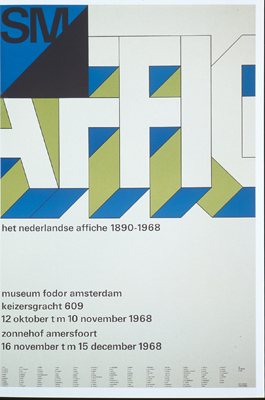
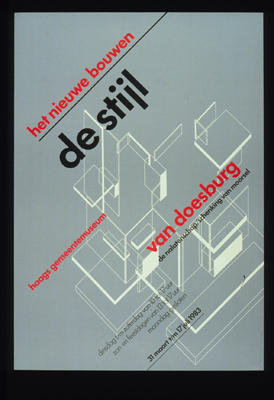
Text by Charlotte Rutherford for Crane.tv
Crane.tv App now available for Nokia devices from the OVI Store
